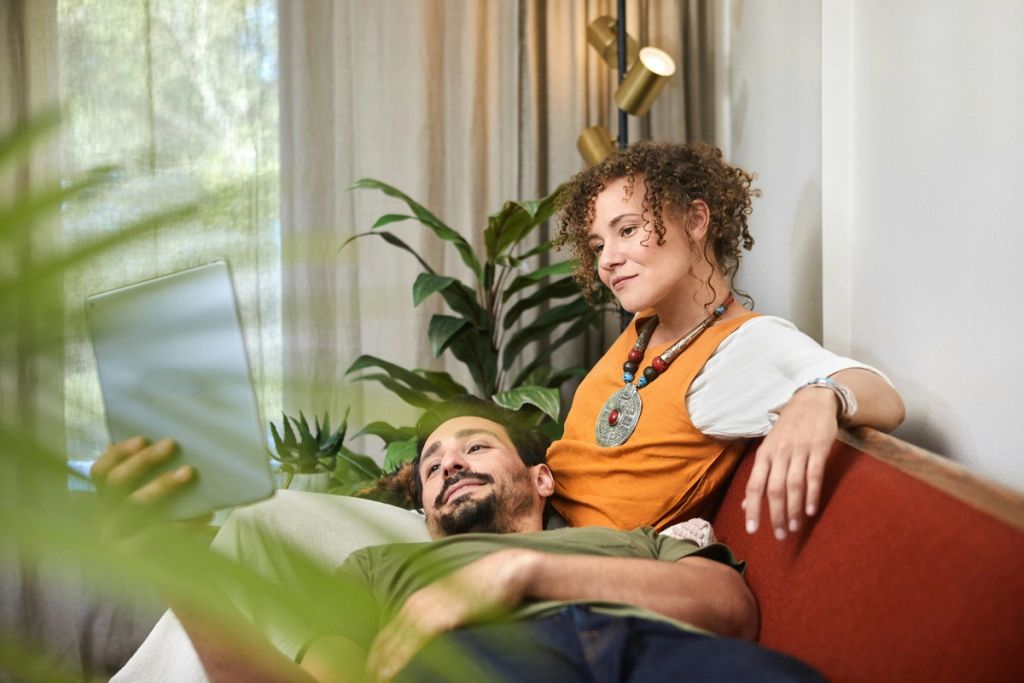The "Ganga Style"
The "Ganga Style"
↗ Sustainability

We have been developing a covert analysis with the challenge of finding those key insights that describe a totally cultural consumption behavior, which we have taken the liberty of calling "Ganga Style" (Ganga is the Spanish word for Bargain).
A bargain is usually defined when a consumer perceives the value of a product or service as considerably greater than the price they must pay to acquire it. Faced with this situation, our brain accelerates the purchase decision process, drastically reducing internal debate times. A series of conflicting emotions are produced in us where, on the one hand, we have anxiety for owning of the product before it runs out (every bargain contains a temporal component) and on the other, a positive neuronal stimulus (endorphins) where we feel intelligent for having been able to recognize the offer, and having been at the right time and place.

↗ Comparison of Value and Price and the concept of utility in the Basic System of Economic Indicators.
There is no doubt that brands work intelligently on this last sensation, daily creating new consumption needs in people, which in many cases do not even respond to real needs.
The only need that the "Ganga" effect covers for people is not that of being provided with products with valuable functionalities at a lower price than estimated, but a much deeper and hidden human need: feeling intelligent.

Perhaps, all consumers have that need to feel smarter (and we accept that sometimes we are sold products we don't need), but where the Ganga phenomenon acquires a more cultural behavior occurs when a person finds the only certification of their intelligence in the search for the bargain. That is, when turning the search for bargains into a way of living or Lifestyle: The "Ganga Style"
The "Ganga Style", like any other dependency, describes a progressive behavior from "Experiential Consumption", flirting with the positive stimulus that triumph produces in our brain, to move on to another phase of "Occasional Consumption" or "occasionally I find bargains"

↗ Pyramid of the processes of a dependency, where progressive behaviors of a passive consumer are observed until reaching a more proactive profile in the last stages.
One step further, but could be said to still be somewhat healthy, is "habitual consumption" or "I am a bargain hunter", a significant leap from a previous less proactive stage.
The last rung of this pyramid is "dependency", the pinnacle of Ganga Style, the addiction to consuming bargains. A stage where the psychedelia between the value and price of the product is totally palpable, because whatever value it has, and whether I need it or not, "I want it, because it's free". And owning something for free is quite a shot for my intelligence counter. -"I can't be smarter, I have it without spending a coin, I've cheated the system, I'm a winner, you'll see when I tell about it"- are just some of those compliments that our brain throws us in those (already unhealthy) phases of Ganga Style.
In this dependent stage, the person's brain, who already has a background and has seen their intelligence strengthened in previous phases by acquiring products at a price lower than the real value, asks for more. In that dependent phase, their craving is only calmed with the magic words: "IT'S FREE"

↗ In the Ganga Style stage, the relationship between value and price is segregated, the consumer does not resort to any type of purchase reflection, and acquires the product even if he or she does not need it for anything.
At this “IT’S FREE” stage of Ganga Style, dependent people experience absolute segregation between the value and price of the product/service, where, if one of the factors is redeemed (price), the value is also redeemed, and people resort to consumerism without any kind of reflection on the value of the product, purchase decision or responsibility when consuming. We become totally submissive and irresponsible consumers, also projecting an erroneous image of a winner. The perfect profile to put a company logo on!
Delving deeper into the high impact that this “FREE” stage has had on a large part of Spanish society, a multitude of sales strategies, or even business models, can be revealed. In a documentary that addressed the behavioral analysis of Spaniards that they had maintained decades ago, some Chinese businessmen who wanted to invest in Spain defined us as “A society that likes to buy products, not necessarily functional, at a low price, to store them in our homes for a while, and throw them away after a while”. This is how the famous “Todo a 100” (Typical Chinese bazaars in Spain) were born.
After this little analysis, we may be a culture educated exclusively in the price of things and not in the evaluation of their real value. Something that seems so simple hides a very big danger for the consumer, due to the distance that is produced between him and a purchase decision based on the real value of the product or service, presenting us as an easy target for speculation of the goods (also real estate) that we buy and also turning us into people hungry for the “FREE” bait.
Educating ourselves as consumers in value and not so much in price could help us recognize the difference between a real bargain and a false stimulus to our intelligence (or even know what is premium for us).
In short, the brain may praise our intelligence when we acquire something that is “FREE”, but if we do so without evaluating its value or the need it fills in us, we are precisely the opposite, ignorant and irresponsible consumers, victims of the Op-Op-Op Opa “Ganga Style”.




